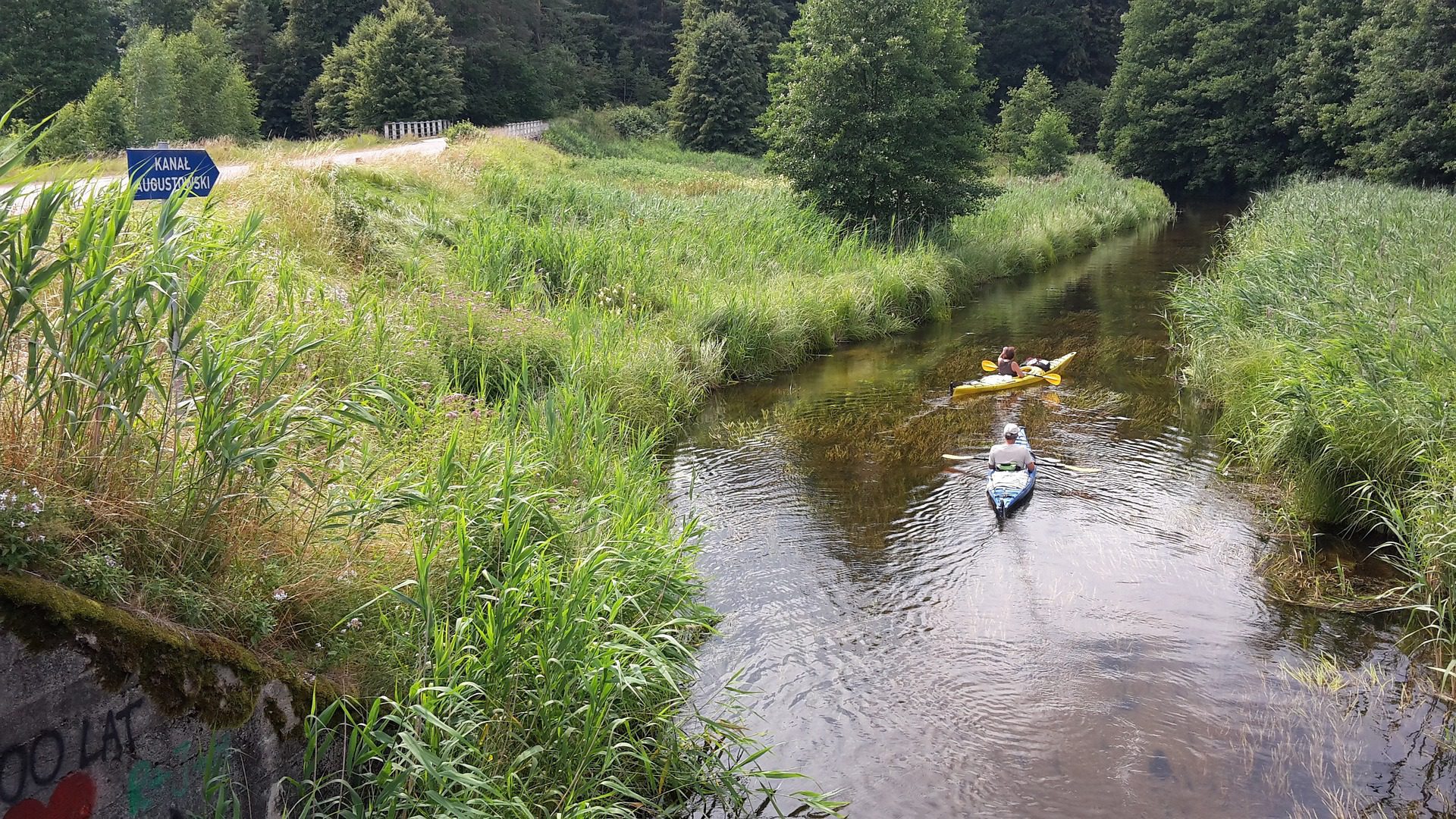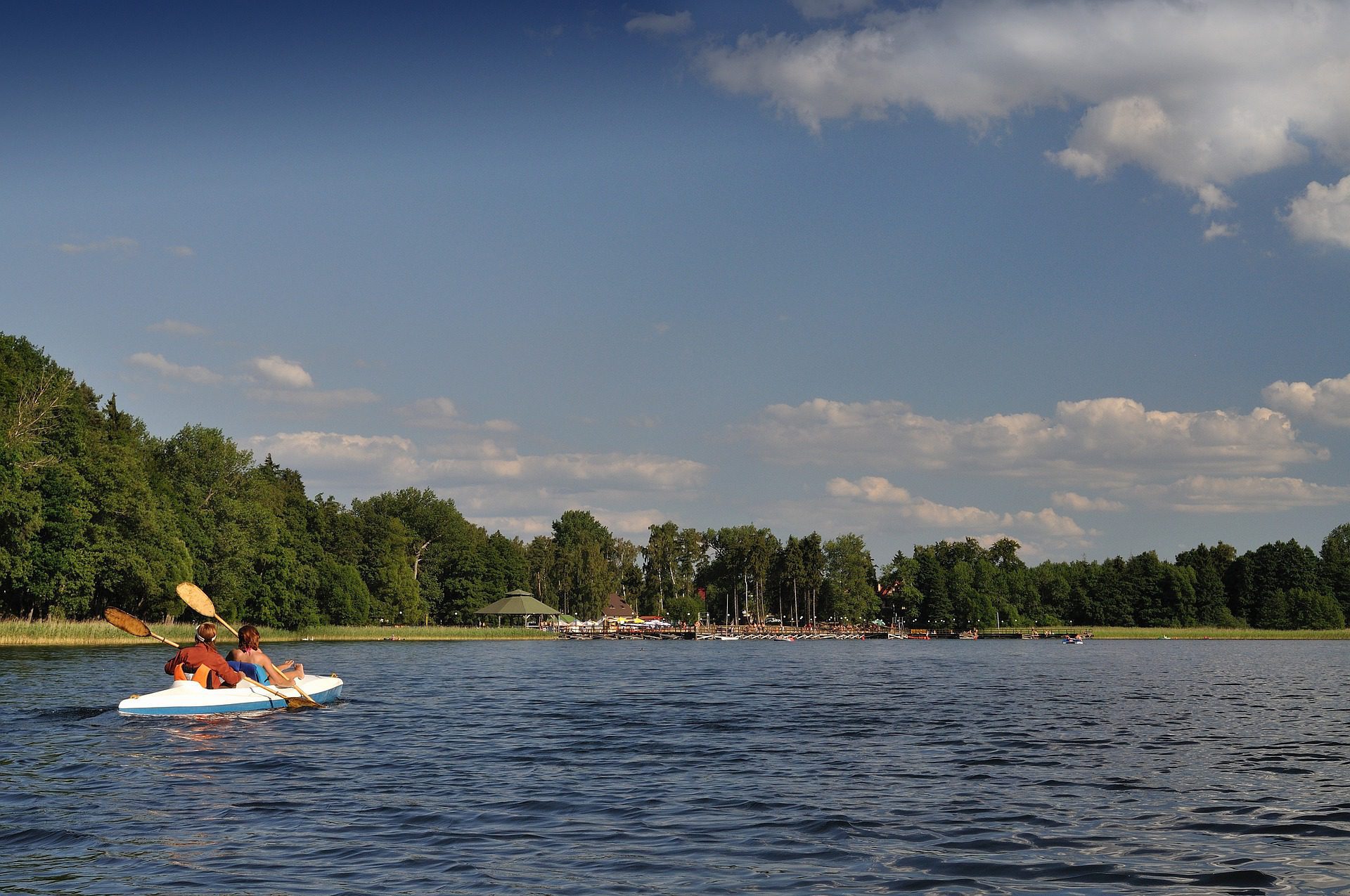Masuria
Welcome to Masuria
Masuria is a region located in north-eastern Poland, known for its stunning lakes, picturesque landscapes, and rich cultural heritage. This area, which is sometimes referred to as the “Land of a Thousand Lakes,” is one of the most beautiful and popular destinations in Poland. Today, the region’s economy relies largely on eco-tourism and agriculture.
Lakes
The region’s lakes are the main attraction for visitors, with over 2,000 of them scattered throughout the area. These lakes are a paradise for water sports enthusiasts, offering opportunities for boating, kayaking, fishing, and swimming. The largest lake in Masuria is Śniardwy, which covers over 100 square kilometres and is a popular spot for sailing and windsurfing. Other popular lakes include the Mamry, Niegocin, and Tałty.

Cultural heritage
Aside from its natural beauty, Masuria is also known for its rich cultural heritage. The region has a long and storied history, with roots dating back to the medieval period. Over the years, Masuria has been influenced by a variety of cultures and traditions, including Polish, German, and Lithuanian. This has resulted in a unique blend of customs, music, and cuisine that is unlike anything else in Poland.
Folk art
The Masurian culture is particularly notable for its distinctive folk art, which includes pottery, woodcarving, and weaving. Visitors to the region can explore several museums and galleries that showcase these traditions, such as the Folk Art Museum in Olsztyn and the Museum of Masurian Culture in Olecko. These venues offer visitors a chance to learn about the history of the region and see some of its most beautiful works of art up close.
Krutynia River
One of the most popular attractions in Masuria is the Krutynia River, which is a favourite spot for canoeing and kayaking. This river winds its way through the heart of the region, passing by dense forests, picturesque villages, and breath-taking landscapes. Along the way, visitors can stop to explore historic sites, taste local cuisine, and take in the natural beauty of the area.
Poland’s Lake District
Masuria and the Masurian Lake District are known in Polish as Kraina Tysiąca Jezior and in German as Land der Tausend Seen, meaning “land of a thousand lakes.” These lakes were ground out of the land by glaciers during the Pleistocene ice age, when ice covered northeastern Europe. By 10,000 BC this ice started to melt. Great geological changes took place and even in the last 500 years the maps showing the lagoons and peninsulas on the Baltic Sea have greatly altered in appearance.
As in other parts of northern Poland, such as from Pomerania on the Oder River to the Vistula River, this continuous stretch of lakes is popular among tourists.
Size
The Masurian Lake District extends roughly 290 km (180 mi) eastwards from the lower Vistula River to the Poland-Lithuania border and occupies an area of roughly 52,000 km² (20,000 sq mi).
The lakes are well connected by rivers and canals, to form an extensive system of waterways. The whole area has become a prime destination for yachts people and canoeists, and is also popular among anglers, hikers, cyclists and nature-lovers.
Getting there
The Masurian region can be reached by train, bus, or car from anywhere in Poland or from Lithuania. The nearby international airports are in Warsaw, Gdansk, and Vilnius. The main transport hub in the region is the town of Ełk. There are trains to Masuria from Warsaw, Gdańsk and Vilnius, and buses to there can be found in many Polish cities. A boat service connects some central towns in the region. Biking and boating are popular ways to get around.
Accommodation
Hotels can be found mostly around the Great Masurian Lakes, namely in towns of Giżycko and Mikołajki, as well as in the larger town of Ełk. There are also guesthouses & campsites in villages and countryside areas of Masuria. English is spoken by many educated locals and those who work in tourism professions.
Masuria is famous for its thousands of lakes and nearby forests, offering a wide range of outdoor activities from sailing to kayaking and swimming. The region includes the largest lake in Poland, Śniardwy as well as small lake resort towns of Giżycko, Mikołajki, Ełk, Węgorzewo, Ryn, Pisz, and Iława.
Tourism in Masuria
Giżycko is located on the shore of Lake Niegocin, and has a historical fortress, and passenger boats to the towns of Węgorzewo, Mikołajki and Ruciane-Nida. The historical town of Mikołajki is also a popular tourism centre with a beautiful historic church and bridges. In addition to lakes, the Masurian region also has many rivers good for fishing and forest areas that offer many trails for trekking and biking.
Fauna & Flora
There is also a nice variety of wildlife, edible berries and mushrooms, and large protected areas, including the Masurian Landscape Park that includes 11 nature reserves such as the Łuknajno Lake that is a UNESCO Biosphere Reserve, or the Białowieża Forest with a breeding station for European Bisons.
Climate
Masuria has a temperate climate with cold winters and warm summers. The weather here is cooler than in most parts of Poland, and the area also has some snow during the winter. The Masurian lakes are usually frozen from December to the end of April. Springtime can be wet, while summers are generally drier.
The Lakes
With almost ten thousand closed bodies of water covering more than 1 hectare (2.47 acres) each, Poland has one of the highest number of lakes in the world. In Europe, only Finland has a greater density of lakes. The largest lakes, covering more than 100 square kilometres (39 sq mi), are Lake Śniardwy and Lake Mamry in Masuria, and Lake Łebsko and Lake Drawsko in Pomerania.
In addition to the lake districts in the north (in Masuria, Pomerania, Kashubia, Lubuskie, and Greater Poland), there is also a large number of mountain lakes in the Tatras, of which the Morskie Oko is the largest in area. The lake with the greatest depth, of more than 100 metres (328 ft)—is Lake Hańcza in the Wigry Lake District, east of Masuria in Podlaskie Voivodeship.
In conclusion, Masuria is a region that is rich in natural beauty, culture, and history. Whether you are interested in outdoor recreation, folk art, or unique traditions, you will find plenty to see and do here. With its friendly people, stunning landscapes, and rich cultural heritage, Masuria is a must-see destination for anyone traveling to Poland.
For detailed tourist information about Poland, please visit our travel partner, the Poland Travel Agency.

